High-school Chemistry Teachers Workshop
 |
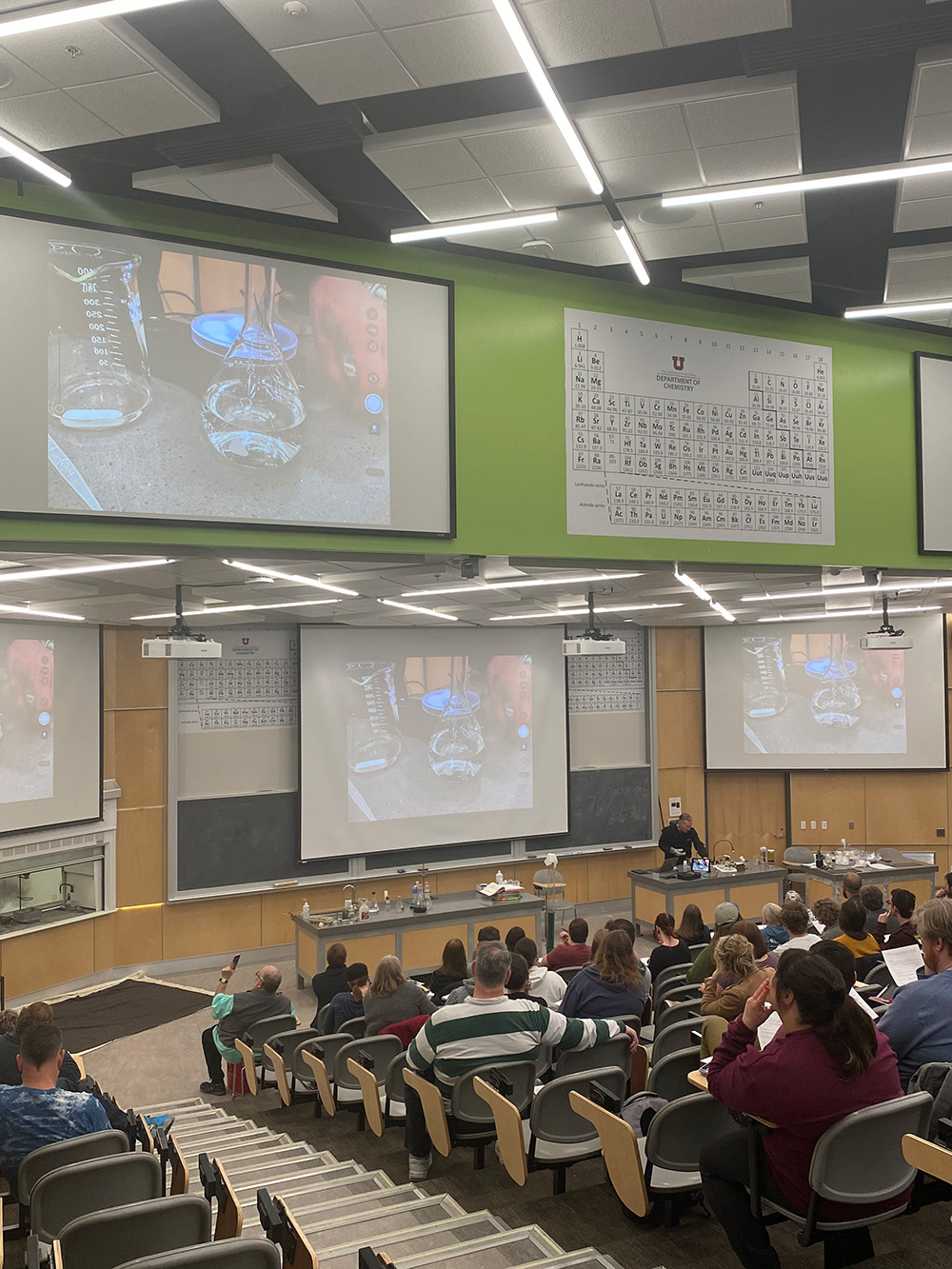 |
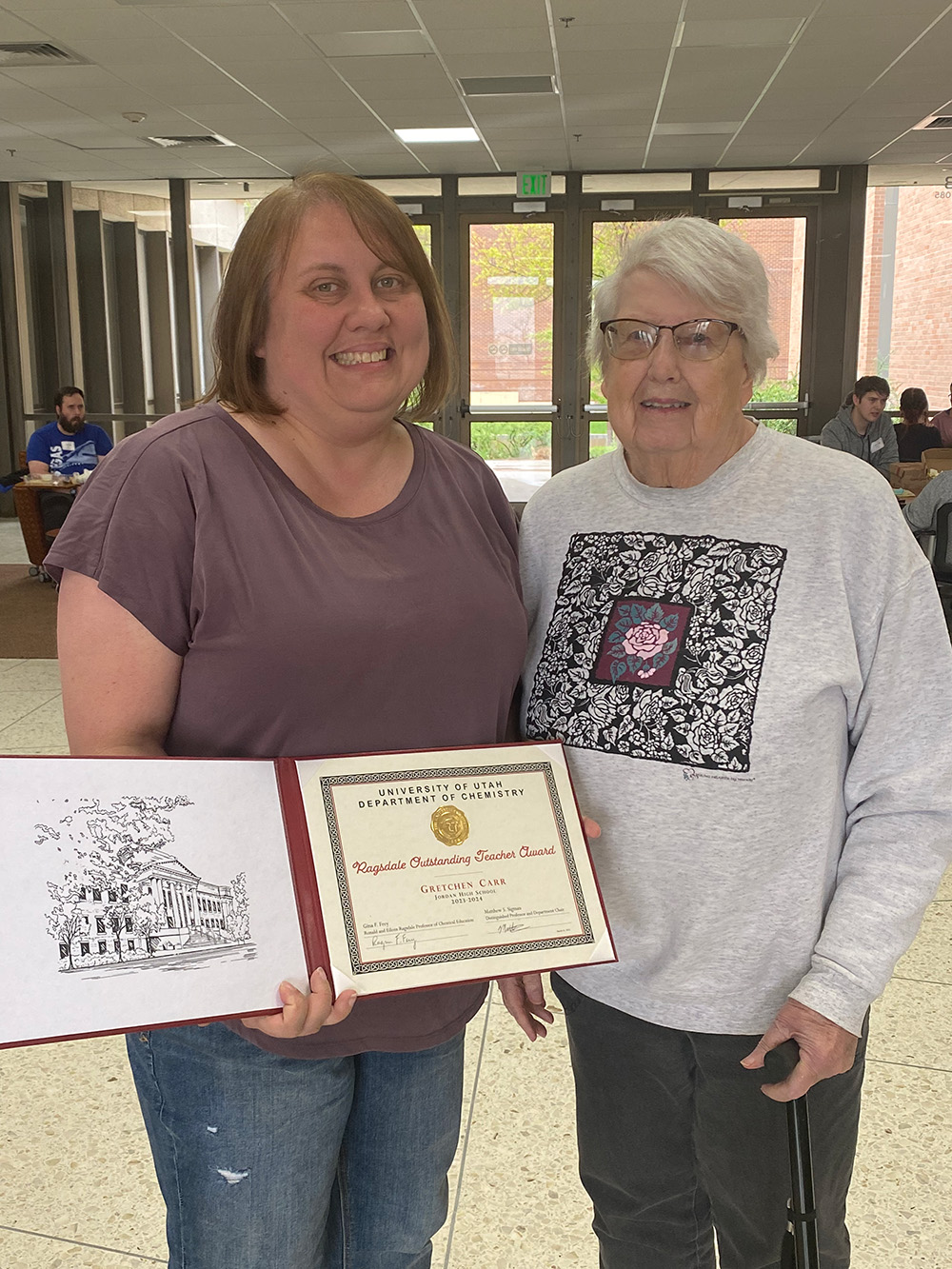 |
On Saturday April 27, we held our semi-annual high-school chemistry teachers’ workshop in the Department of Chemistry at the University of Utah. Organized by Michael Morse, the Saturday morning event brought together more than 50 participants comprising high-school chemistry teachers from around the region, several chemistry department faculty members, and a number of University of Utah chemistry majors who just finished their Master’s in Education at the university and will be starting this fall as chemistry or science teachers. The workshop promotes learning about and discussing ideas about the teaching of chemistry. This event is becoming quite a reunion with numerous returning teachers joining us, as well as Eileen Ragsdale, her son Steve, and his wife Naomi attending. We were equally thrilled to welcome many new teachers to the event!
Participation in the workshop counts towards continuing teacher education credit and is designed to assist Utah chemistry teachers in deepening their understanding of specific chemistry topics they are interested in, as well as discussing current research in chemistry education about teaching and learning. With a line-up of Chemistry Department faculty, the program consisted of three presentations. Michael Grünwald gave a wonderful start to the morning with an interactive talk about free energy “Thermodynamics: No free lunch, but plenty of free energy,” complete with handouts for everyone to complete throughout the talk! After being given examples of spontaneous processes, we discussed that there are two competing driving forces; nature prefers low-energy states (enthalpy) but there are many more higher-energy states (entropy). Temperature determines the winner, and the relationship between these two driving forces is described by Gibbs Free Energy. Michael gave us a peek about using free energy to determine the relative probability of observing a substance as a liquid or gas, and set us up to discuss spontaneity of reactions in the fall (Free Energy, Part 2). We all learned much from Michael’s talk and are looking forward to having him back in the fall. After the morning break, Gina Frey discussed students’ exam study habits in first-semester general chemistry. Over 50% of the students engaged in both active (reworking their homework problems and explaining concepts to themselves and others) and passive (rereading class notes or slides) strategies. Key findings include: 1) missing class and distractions while studying were linked to lower exam scores, and 2) higher exam scores were correlated with using the explaining-concepts strategy and more exam study time using active strategies. Furthermore, regular attendance at study-strategy sessions demonstrated improved exam performance. Interestingly, while attendees did not change their preferred study strategies, even though they practiced using multiple active strategies, they did increase the amount of study time using active strategies. The session concluded by discussing approaches for teachers to help students adopt effective study behaviors. In the final morning session, we were very fortunate to have Jeff Statler conduct demonstrations suitable for high-school chemistry in HEB 2008. He provided a detailed handout with instructions and notes for each demonstration, including discussing key concepts. Examples include Condensing Air to show O2 paramagnetism, Oscillating Clock for kinetics, and Pd/C catalysis of H2 and O2 to introduce catalysis ideas. He also included favorites like the Tollen’s Test creating the iconic “silver flask” and the exciting Thermite reaction, an exothermic reduction-oxidation reaction, with its explosive ending. The morning contained engaging discussions and insightful questions from the participants.
The annual Ron and Eileen Ragsdale High School Teaching Award was also presented during this event to Gretchen Carr from Jordan High School. This award recognizes a regional high-school teacher for their outstanding teaching characterized by engagement, dedication, equitability, evidence-based teaching practices, and high standards for their students, as well as active collaboration with other high-school teachers throughout the Valley and participation in the Department’s outreach programs. The recipient receives a monetary award, a certificate, and a “silver flask” made by our own Jeff Statler. We are extremely pleased to give this award to Gretchen, whose teaching philosophy, which emphasizes inclusivity, learning through mistakes and feedback, and fostering a growth-mindset culture in chemistry and learning, is inspiring and will undoubtedly shape her students’ futures. While Gretchen has had many connections with the department’s outreach programs over the years, one special connection was working with Ron Ragsdale when she was a new teacher and the enormous influence he had on her teaching and chemistry education in the Valley in general.
Meaningful conversations took place throughout the workshop, including during the break and lunch, fostering a local community of teaching and learning. We will be holding the next workshop this fall (2024). We look forward to seeing all the high-school and middle-school teachers, the undergraduate chemistry majors, and the Ragsdale family again, and we invite interested chemistry graduate students and faculty in the department to join us also.
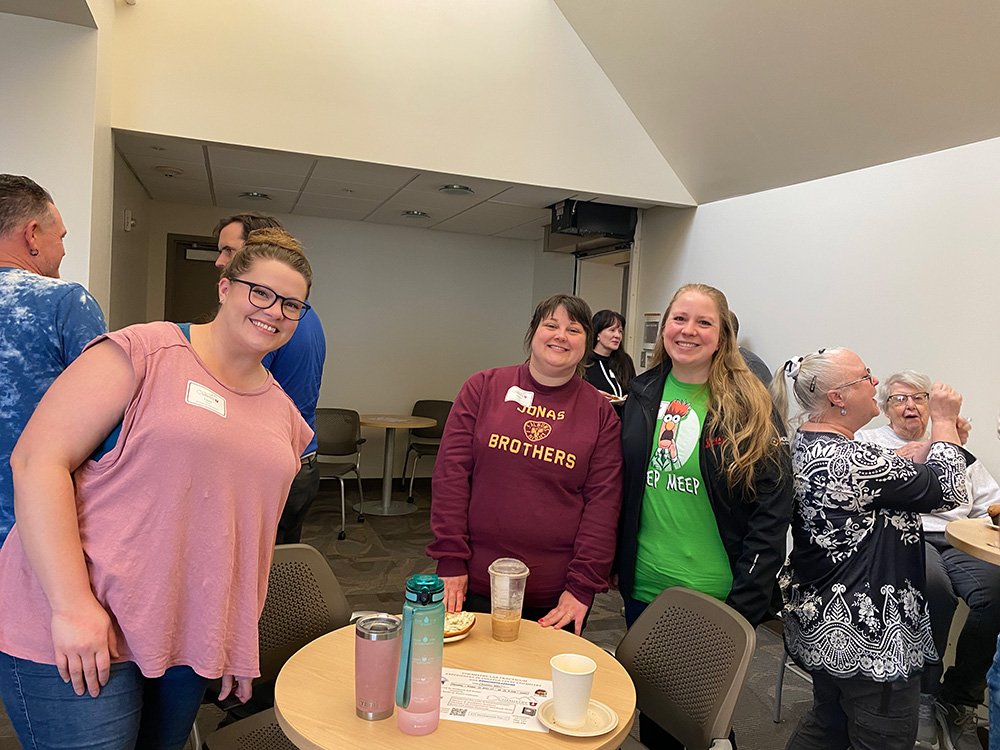 |
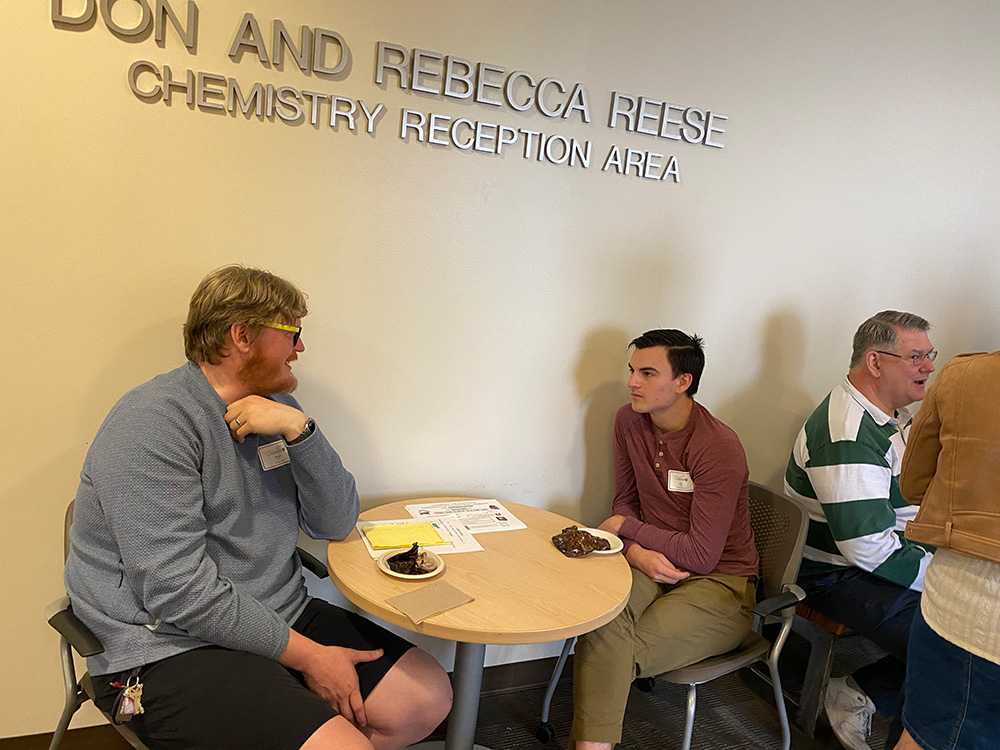 |
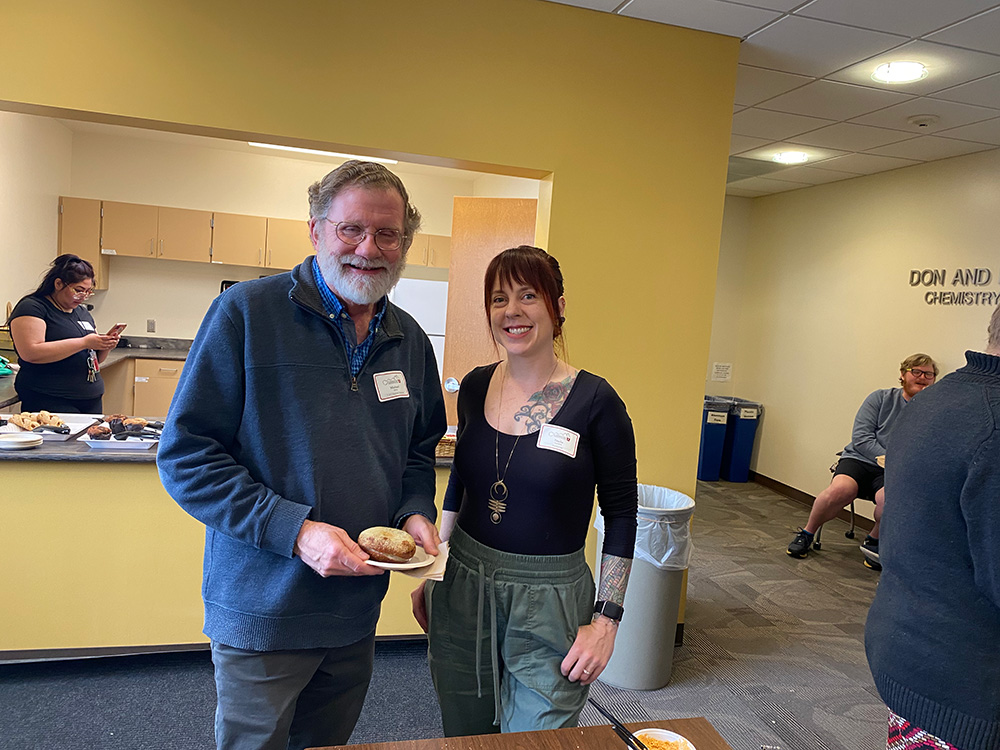 |
